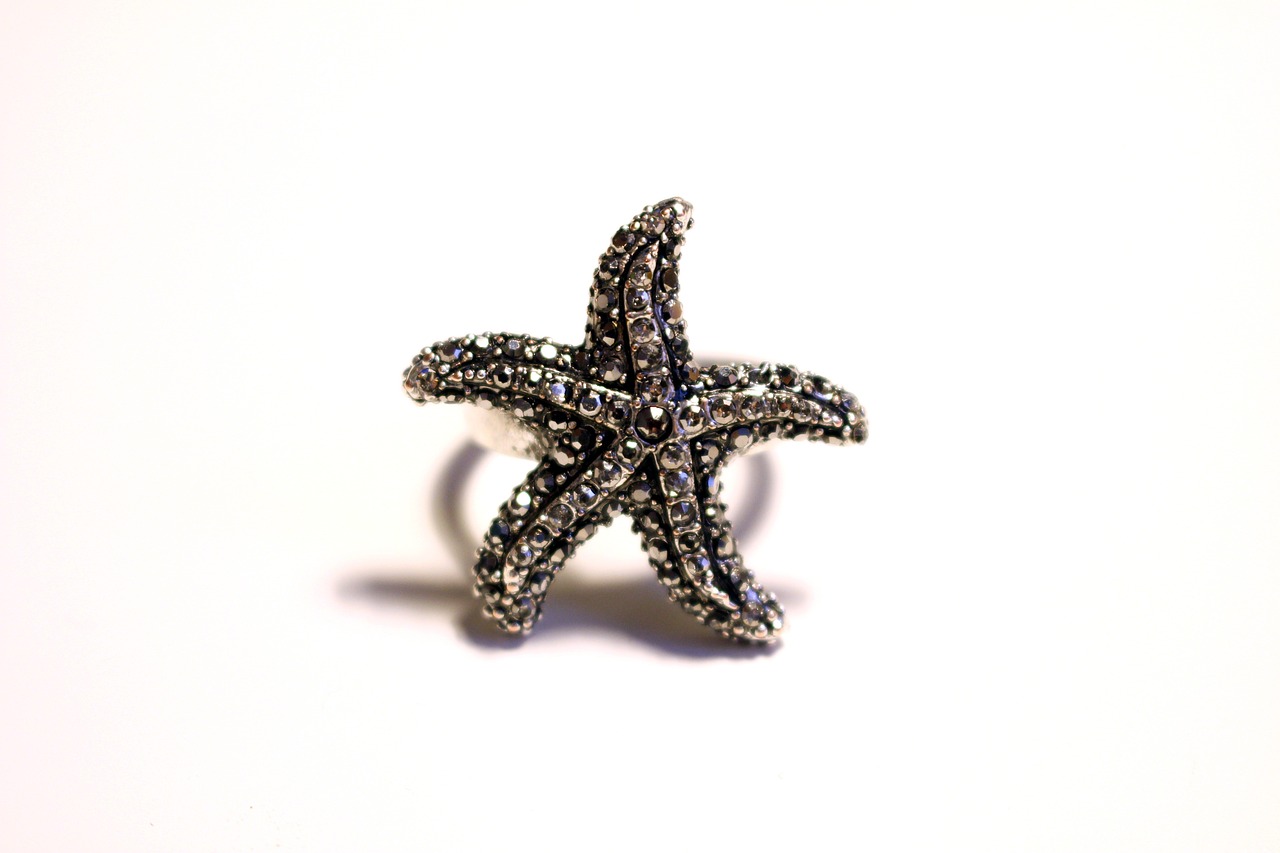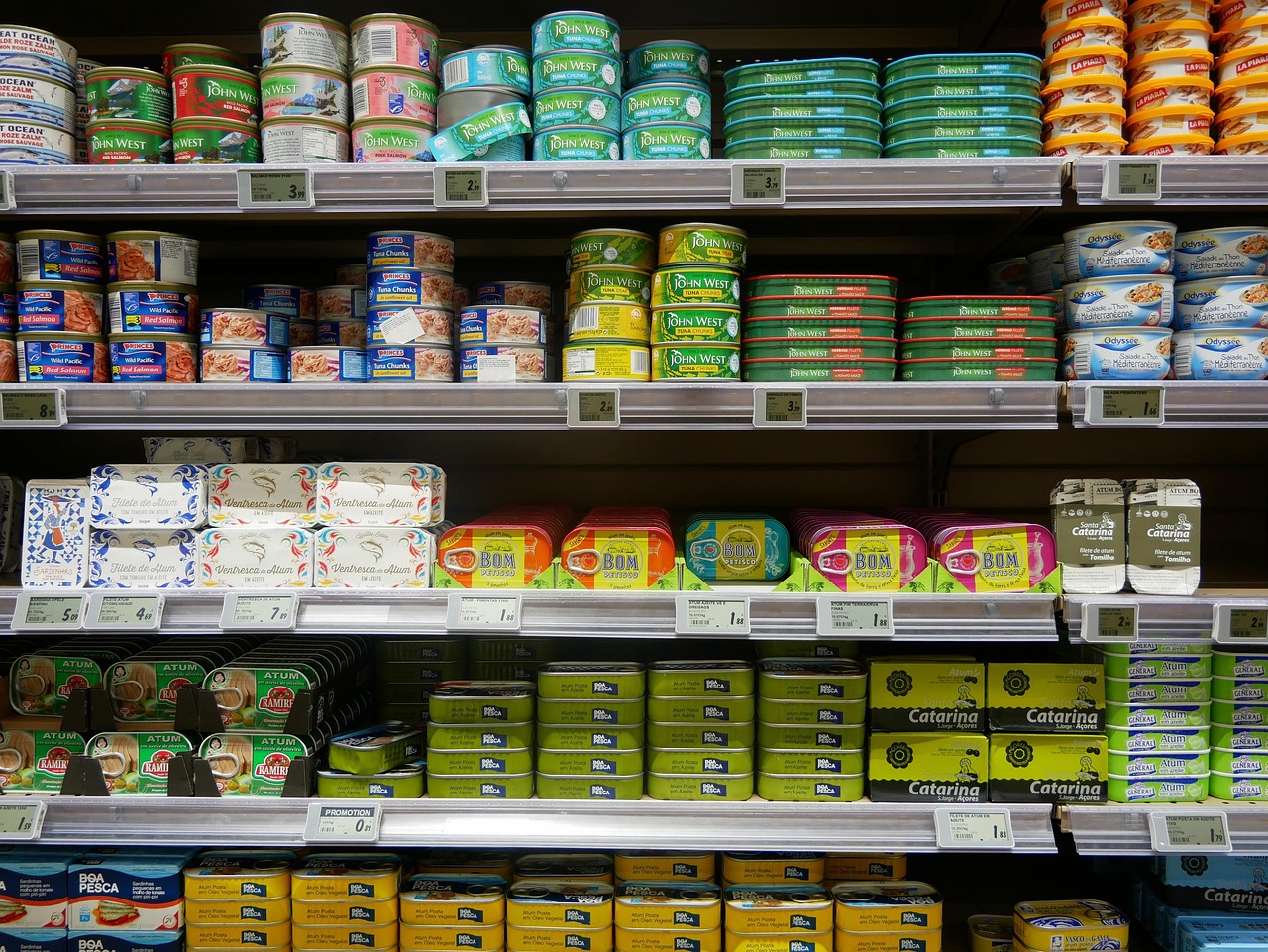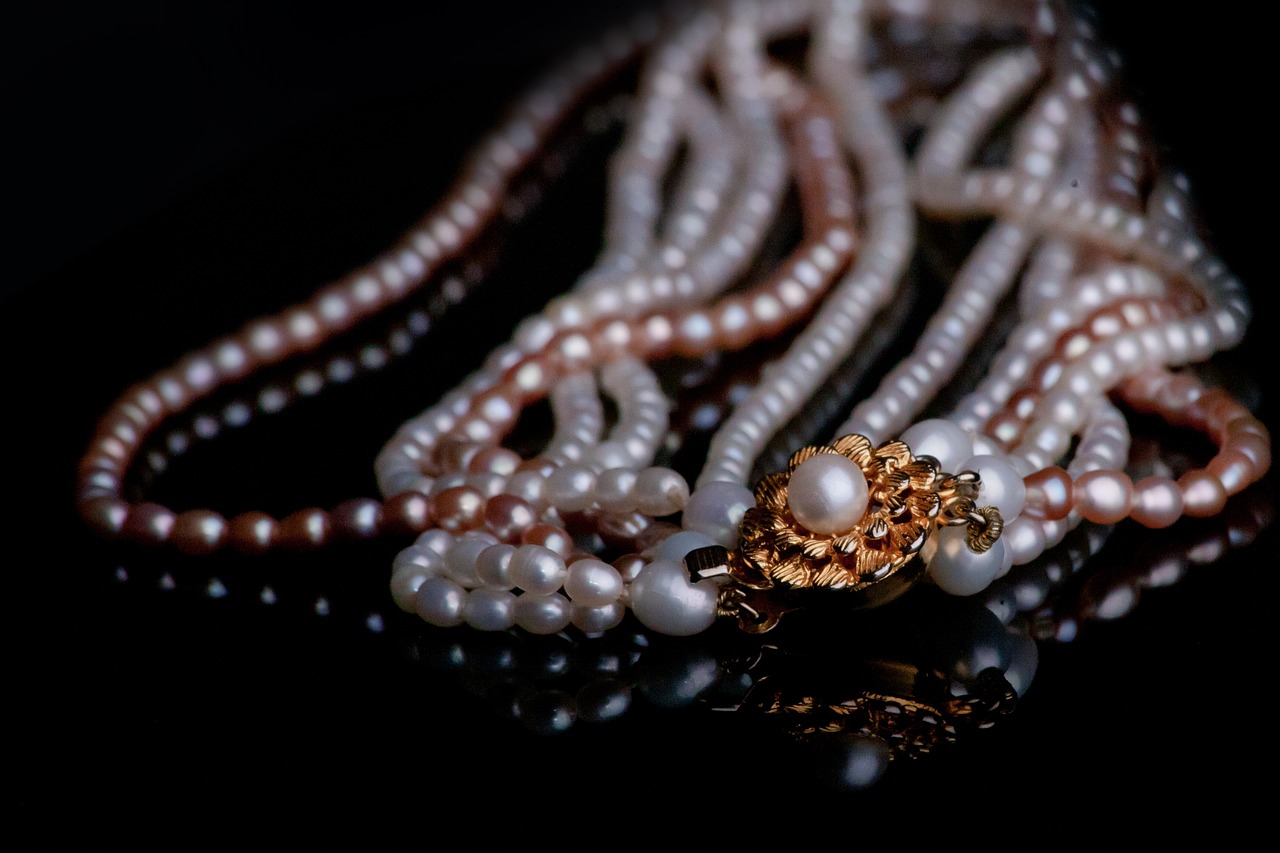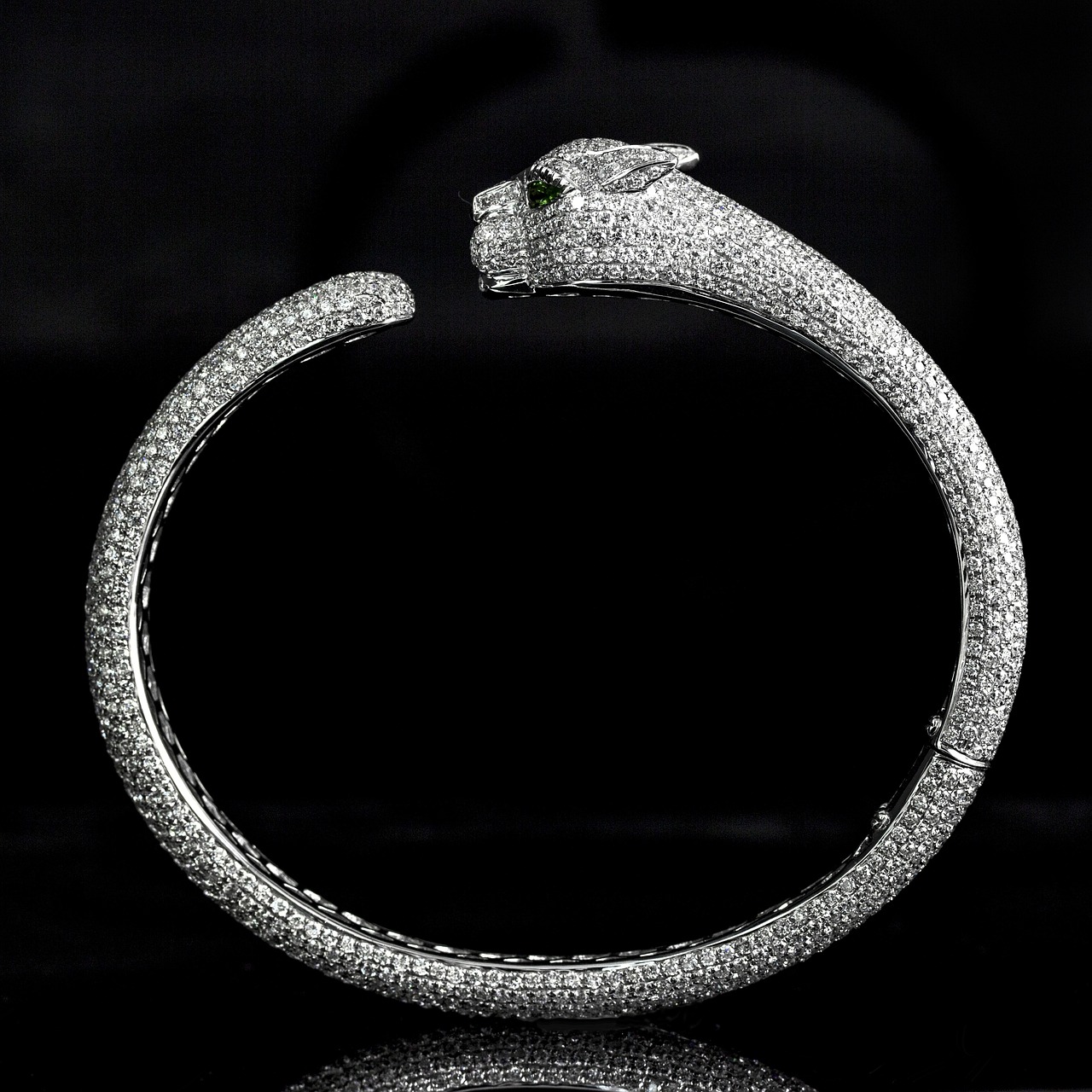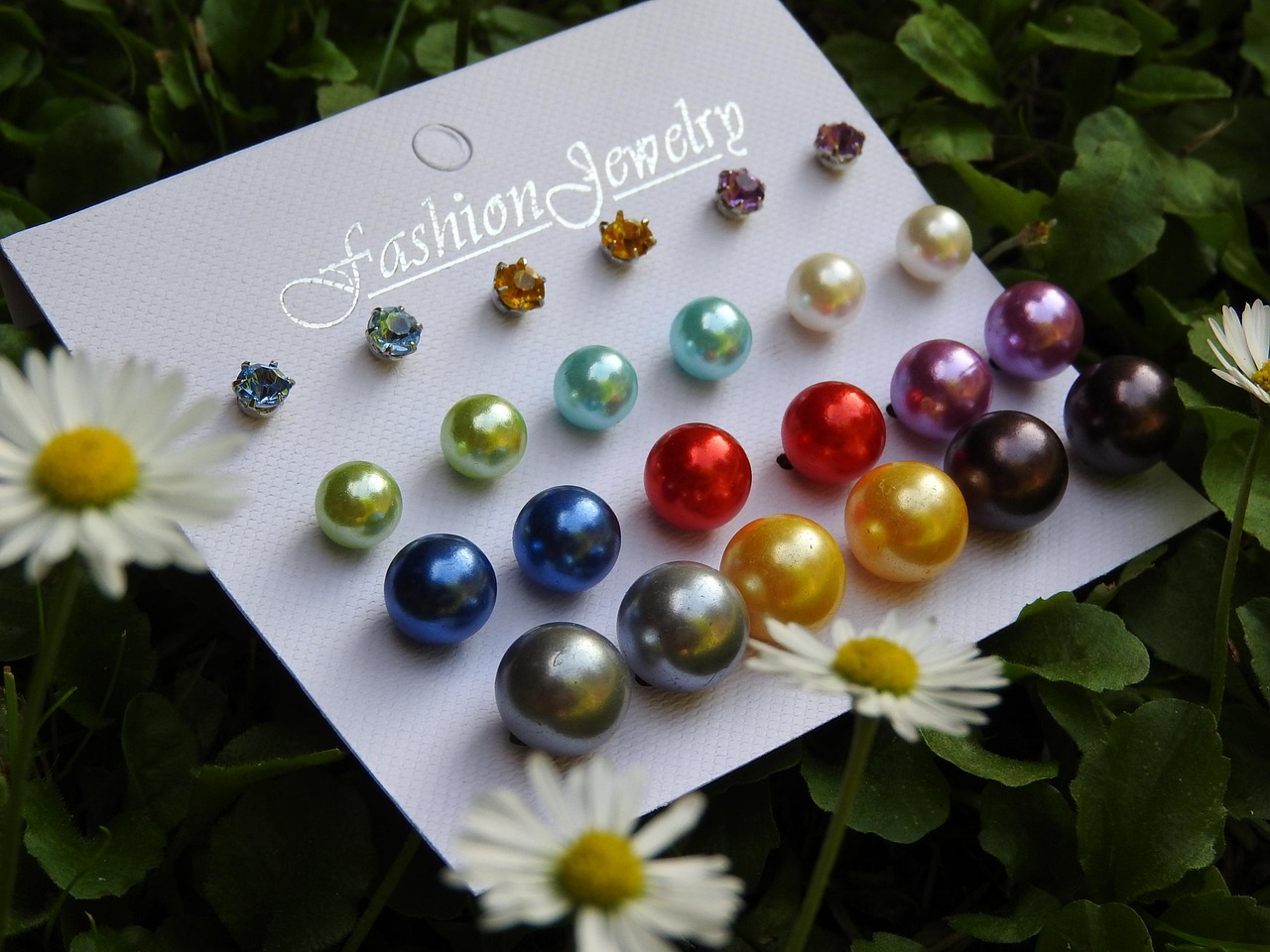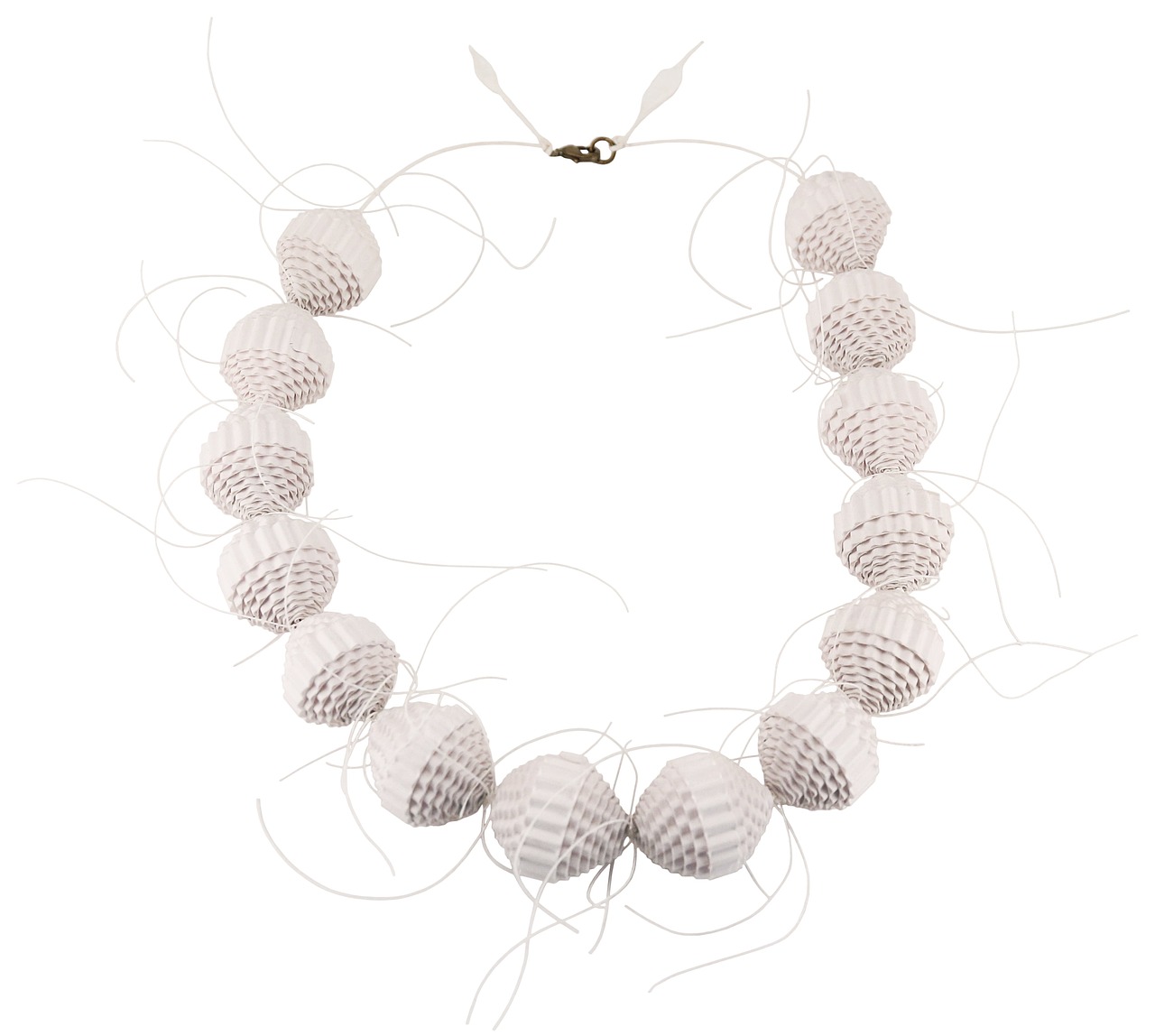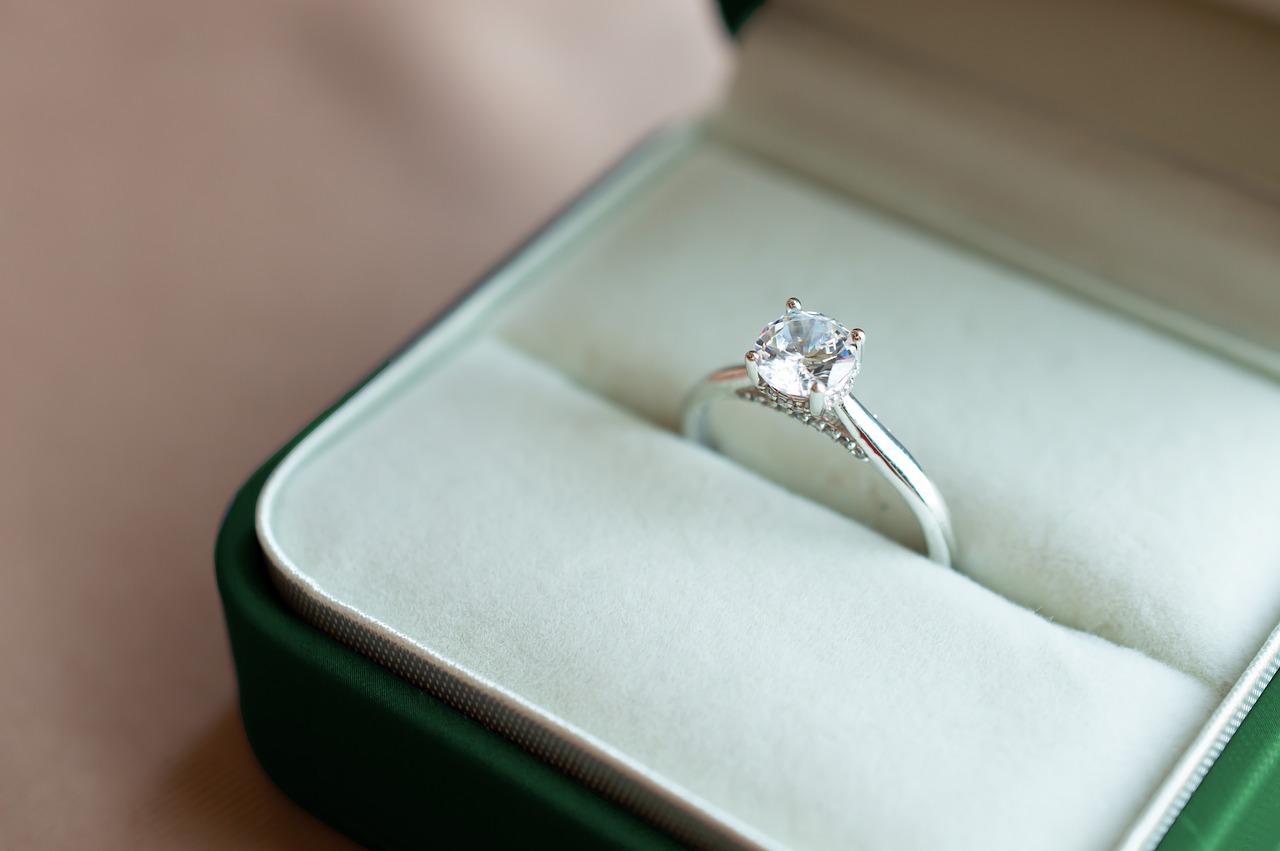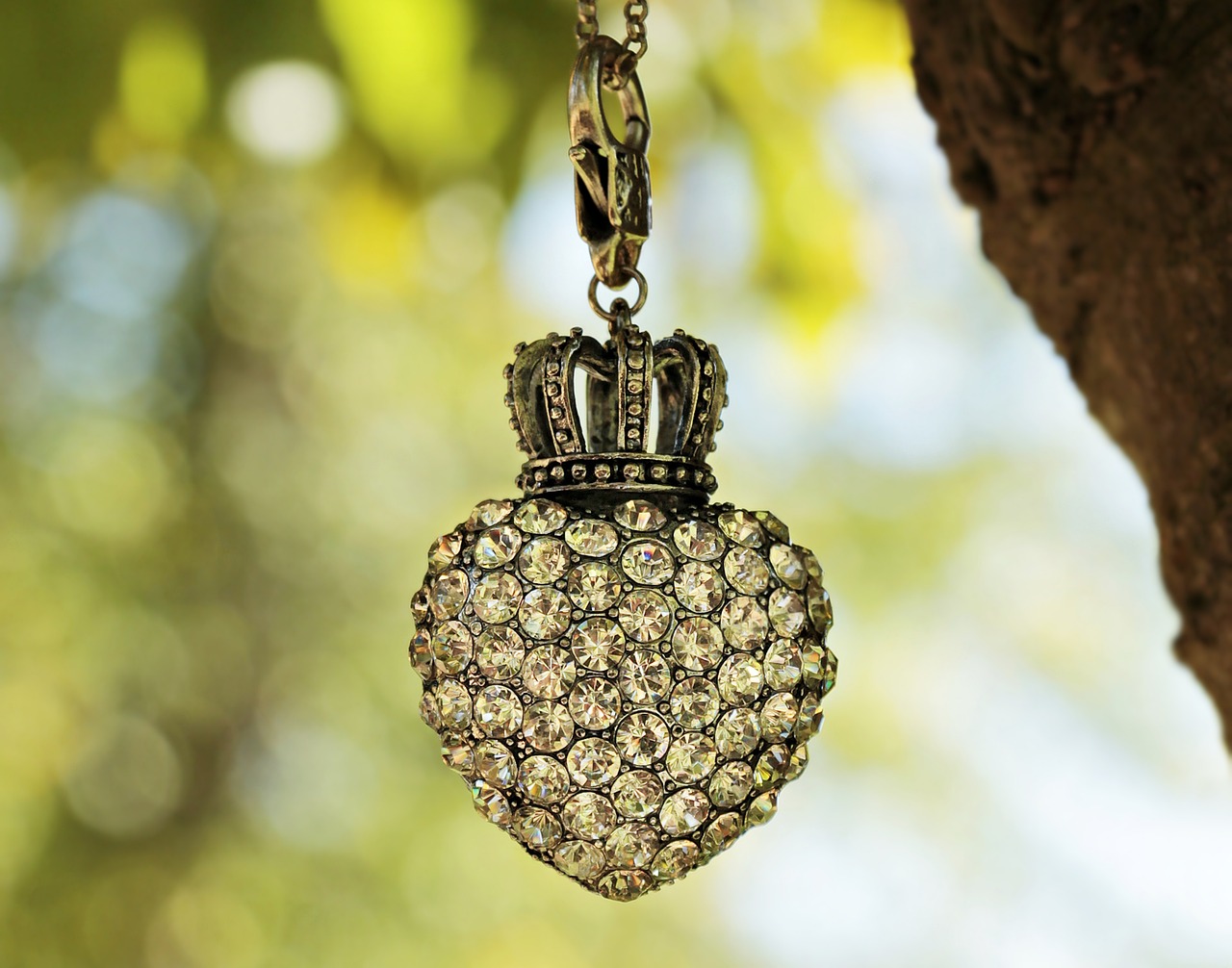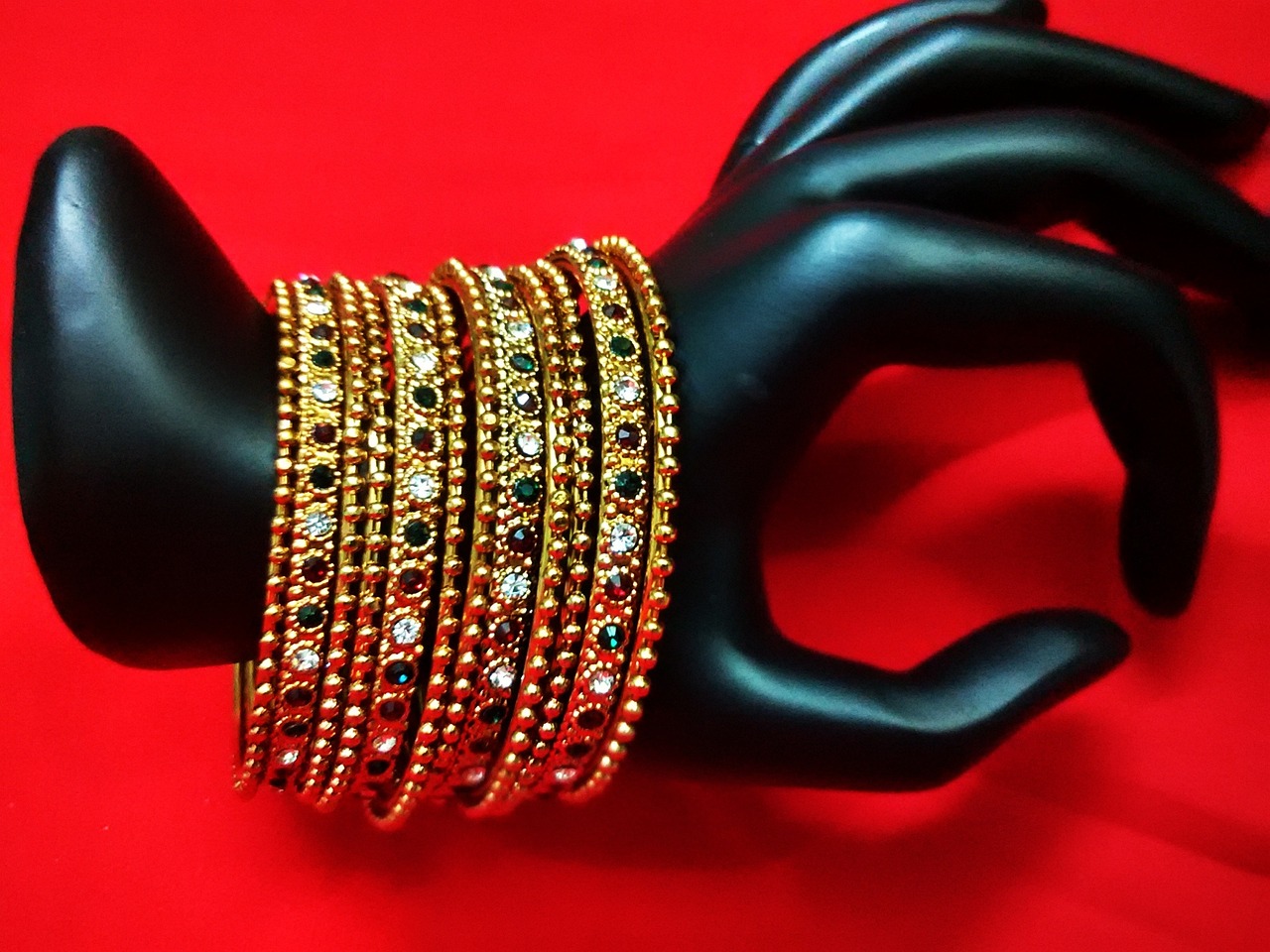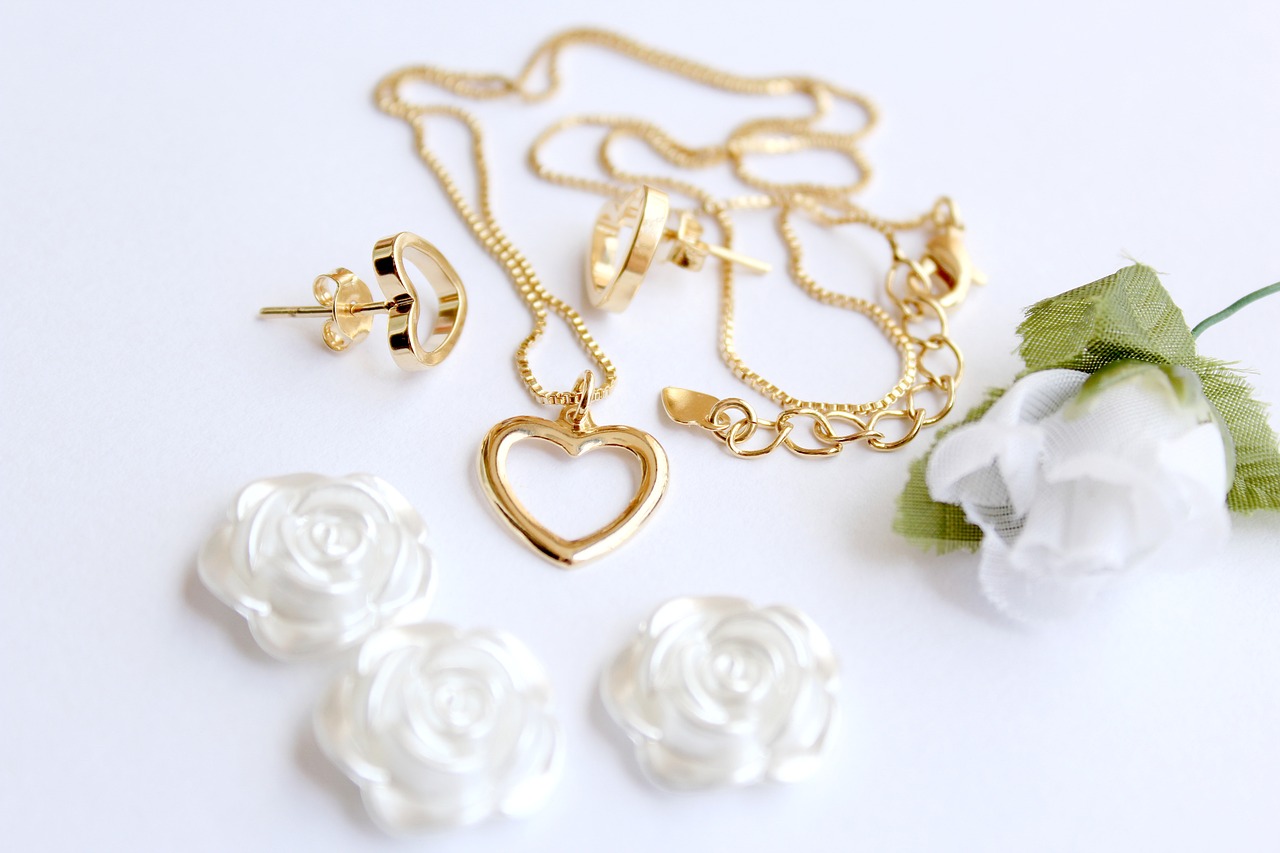This article provides essential insights into identifying overpriced jewelry and making informed purchasing decisions to protect your investment and ensure value for money. Jewelry can be a significant investment, and understanding how to evaluate its worth is crucial for any buyer.
What Are the Key Indicators of Overpriced Jewelry?
Recognizing overpriced jewelry requires awareness of several key indicators:
- Inflated Pricing: Prices that seem excessively high compared to similar pieces can be a red flag.
- Lack of Certification: Jewelry without certification from reputable gemological laboratories may not be worth the asking price.
- Poor Craftsmanship: Signs of inadequate workmanship, such as rough edges or loose settings, can indicate a lower value.
How Does Market Demand Affect Jewelry Prices?
The jewelry market is influenced heavily by supply and demand. When demand for certain styles or gemstones rises, prices can skyrocket. Understanding current trends and consumer preferences is vital for making informed decisions.
What Role Do Gemstone Quality and Rarity Play?
The quality and rarity of gemstones are significant factors in determining their price. Key characteristics include:
- Color: The hue and saturation of a gemstone can greatly affect its desirability.
- Clarity: Fewer inclusions and blemishes typically lead to higher value.
- Carat Weight: Larger gemstones tend to command higher prices, but the price-per-carat can vary.
How to Evaluate Gemstone Clarity and Color?
Evaluating clarity involves examining the stone for inclusions and blemishes, while color assessment focuses on hue, saturation, and tone. Understanding these elements is crucial for gauging a gemstone’s true worth.
What Is the Importance of Carat Weight?
Carat weight is a direct factor in a gemstone’s price. Larger stones often have a higher price-per-carat, but market trends can influence these values significantly.
How to Identify Craftsmanship Quality?
High-quality craftsmanship is essential for determining jewelry value. Look for:
- Smooth Finishes: Well-crafted pieces should feel smooth to the touch.
- Secure Settings: Ensure that stones are securely set in their mounts.
What Certifications Should You Look For?
Certifications from reputable gemological laboratories, such as GIA, AGS, and EGL, provide assurance of a stone’s quality and authenticity. Familiarizing yourself with these certifications can help you make informed purchases.
Which Gemological Labs Are Most Trusted?
Understanding the grading systems and reputation of trusted gemological labs can help you discern the quality of gemstones. This knowledge is vital for avoiding overpriced options.
How Does Brand Influence Jewelry Pricing?
Brand names can significantly inflate prices due to perceived value and prestige. While some brands offer genuine quality, it’s essential to evaluate whether the price aligns with the craftsmanship and materials used.
What Are Common Pricing Myths in the Jewelry Industry?
Several myths about jewelry pricing can lead to poor investment decisions. Debunking these myths helps buyers recognize true value:
- Is Higher Price Always Synonymous with Better Quality? Not necessarily; it’s crucial to conduct thorough research.
- How Can You Negotiate Jewelry Prices? Negotiation is common in jewelry purchases; understanding market value can lead to better deals.
By following these guidelines and being aware of the factors that influence jewelry pricing, you can make informed decisions that protect your investment and ensure you receive value for your money.
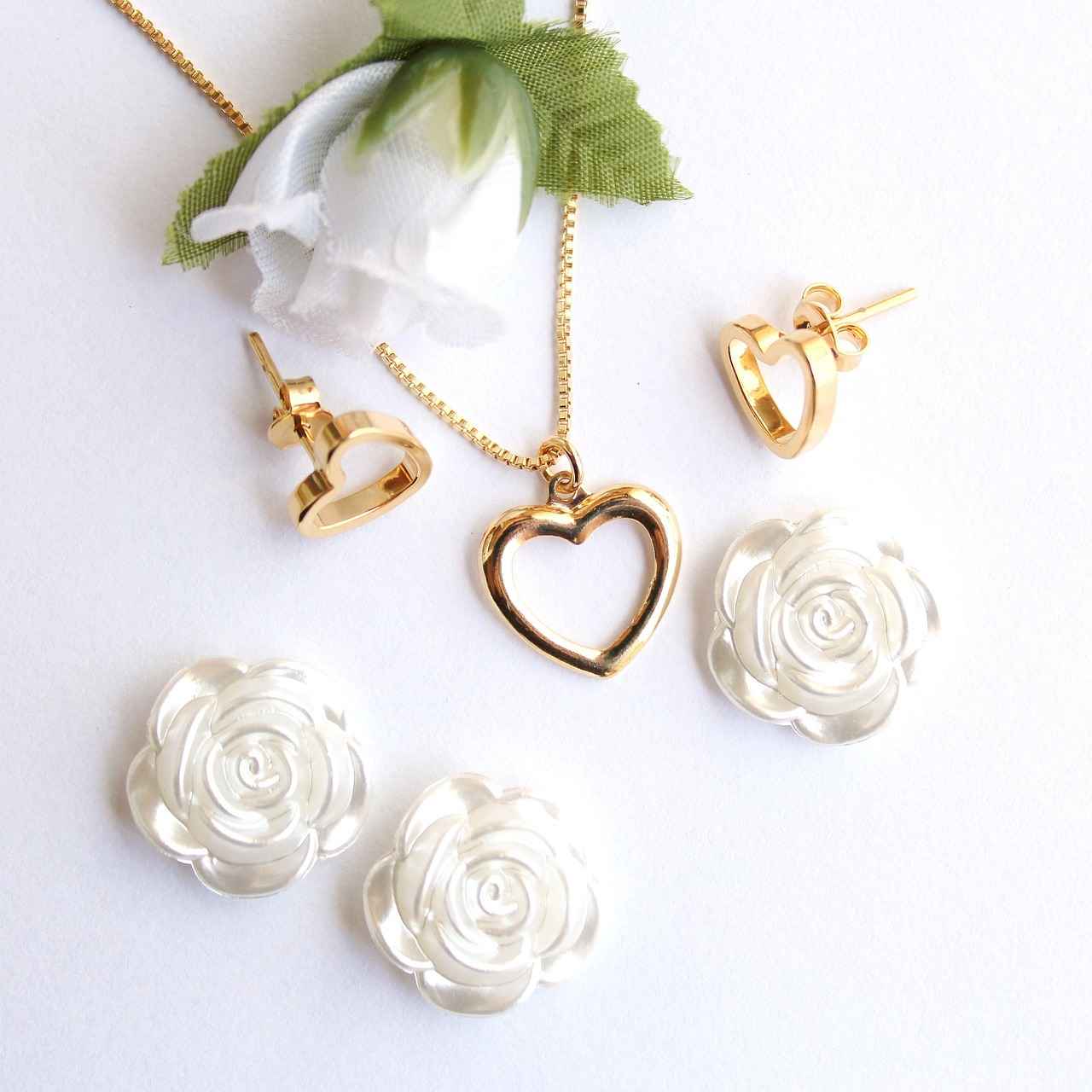
What Are the Key Indicators of Overpriced Jewelry?
When it comes to purchasing jewelry, understanding its true value is essential. Overpriced jewelry can lead to significant financial losses, making it crucial for buyers to recognize the signs that indicate inflated prices. In this section, we will explore the key indicators of overpriced jewelry, helping you make informed decisions and avoid costly mistakes.
- Inflated Pricing: One of the most obvious signs of overpriced jewelry is inflated pricing. If a piece of jewelry seems significantly more expensive than similar items in the market, it may be a red flag. Always compare prices across multiple retailers to ensure you’re not paying a premium for no reason.
- Lack of Certification: Authentic gemstones and high-quality jewelry should come with proper certifications from reputable gemological laboratories. A lack of certification can indicate that a piece is not what it claims to be. Always ask for certification documents, as they provide assurance of the stone’s quality and authenticity.
- Poor Craftsmanship: The quality of craftsmanship is a crucial factor in determining jewelry value. Look for signs of poor workmanship, such as rough edges, uneven settings, or loose stones. High-quality jewelry should have a polished finish and secure settings, reflecting the skill of the artisan.
- Unrealistic Claims: Be wary of sellers who make extravagant claims about the rarity or value of a piece without providing solid evidence. If a seller insists that a piece is worth significantly more than comparable items, it’s essential to question their credibility and do your own research.
- Brand Influence: While brand names can sometimes indicate quality, they can also lead to inflated prices. Some brands charge a premium due to their reputation rather than the actual quality of the jewelry. Always evaluate whether the price aligns with the craftsmanship and materials used.
- Sales Pressure: If a salesperson is pushing you to make a quick decision, it could be a tactic to sell overpriced jewelry. Take your time to consider your options, and don’t hesitate to walk away if you feel rushed.
Recognizing these indicators is vital for any jewelry buyer. By being aware of inflated pricing, lack of certification, poor craftsmanship, unrealistic claims, brand influence, and sales pressure, you can protect yourself from making a poor investment. Always conduct thorough research and seek expert opinions when necessary.
In conclusion, understanding the key indicators of overpriced jewelry empowers you to make informed decisions. Whether you are purchasing a simple piece or an extravagant item, being vigilant can save you from costly mistakes and ensure that your investment is worthwhile.
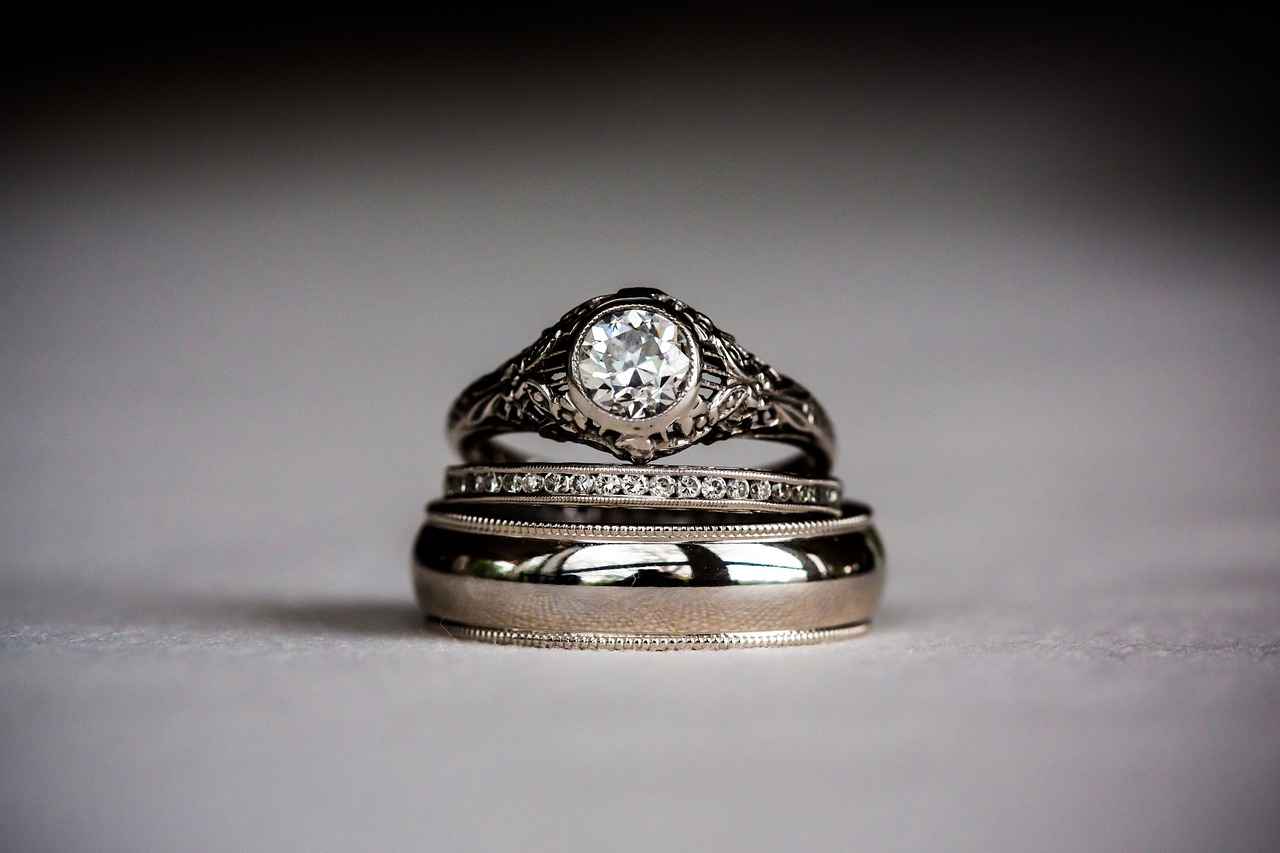
How Does Market Demand Affect Jewelry Prices?
Understanding the dynamics of market demand is crucial for anyone looking to invest in jewelry. The relationship between supply and demand directly influences pricing, with significant implications for buyers and sellers alike.
Market demand plays a significant role in determining jewelry prices. When consumer interest in certain types of jewelry increases, often due to trends, cultural shifts, or economic factors, the demand can exceed the available supply. This imbalance typically leads to a rise in prices. For example, during wedding season, the demand for engagement rings spikes, which can drive prices up as retailers respond to the surge.
In addition to seasonal trends, consumer preferences are continually evolving. Fashion trends, celebrity endorsements, and social media influence can dramatically shift what styles or materials are in demand. For instance, the recent popularity of ethically sourced gemstones has led to a rise in prices for such items, as buyers are willing to pay a premium for sustainability and transparency.
- Trends: Jewelry styles can fluctuate rapidly. What is in vogue today may be out of style tomorrow, affecting prices accordingly.
- Consumer Preferences: Increasing interest in unique, handcrafted pieces can lead to higher prices for artisans and small-scale jewelers.
- Economic Factors: A strong economy often correlates with higher disposable income, leading to increased spending on luxury items like jewelry.
Understanding these trends not only helps in making informed purchasing decisions but also in recognizing potential investment opportunities. For example, if you notice a particular gemstone gaining popularity, investing in it before it becomes mainstream could yield significant returns.
Additionally, it’s essential to consider how market demand can create a perception of value. When a piece of jewelry is marketed as exclusive or limited edition, it often commands a higher price, regardless of its intrinsic value. This perceived scarcity can lead to inflated prices, making it crucial for buyers to conduct thorough research before making a purchase.
Several factors can influence jewelry demand, including:
- Seasonality: Certain times of the year, such as holidays or wedding seasons, see increased purchases.
- Celebrity Influence: When celebrities wear specific jewelry pieces, it often leads to a surge in consumer interest.
- Social Media Trends: Platforms like Instagram and Pinterest can rapidly spread awareness of new styles, impacting market demand.
Moreover, the rise of online shopping has changed how consumers access jewelry, making it easier to compare prices and styles. This accessibility can drive demand for both high-end and affordable options, creating a more competitive market.
In conclusion, recognizing the intricate relationship between market demand and jewelry pricing is vital for making savvy investment choices. By staying informed about trends and consumer preferences, buyers can navigate the jewelry market more effectively and avoid overpriced items. Remember, understanding the market not only helps you find the best deals but also empowers you to make purchases that align with your personal style and investment goals.
What Role Do Gemstone Quality and Rarity Play?
The world of gemstones is both fascinating and complex, with their quality and rarity playing pivotal roles in determining their value. Understanding these factors is essential for anyone looking to make a well-informed purchase.
Gemstone quality is primarily assessed through three key attributes: color, clarity, and carat weight. Each of these characteristics contributes significantly to a gemstone’s overall value.
- Color: The most critical factor in determining a gemstone’s value is its color. For instance, a deep, vivid hue is generally more sought after than a pale or washed-out version. Gemstones like sapphires and emeralds are especially valued for their rich colors.
- Clarity: Clarity refers to the presence of inclusions or blemishes within a gemstone. A stone with fewer imperfections is usually more valuable. For example, diamonds are graded on a clarity scale, where stones with higher clarity grades fetch significantly higher prices.
- Carat Weight: Carat weight is a direct measure of a gemstone’s size. Larger stones are rarer and, therefore, often command higher prices. However, the price-per-carat can vary widely depending on the quality of the stone.
The rarity of a gemstone can dramatically affect its price. Stones that are difficult to find or have limited availability are typically more valuable. For example, tanzanite is only found in one location in Tanzania, making it exceptionally rare and highly prized.
Gemstones are categorized into two main types: precious and semi-precious. Precious gemstones, such as diamonds, rubies, and emeralds, are typically more valuable due to their rarity and desirability. Semi-precious stones, like amethyst and garnet, are more abundant but can still hold significant value depending on their quality.
Before purchasing a gemstone, it is essential to conduct a thorough evaluation:
- Request Certification: Always ask for certification from a reputable gemological laboratory. This document verifies the gemstone’s quality and authenticity.
- Examine Under Proper Lighting: View the gemstone under different lighting conditions to assess its color and clarity accurately.
- Consult an Expert: If you are unsure, consider consulting a gemologist or a trusted jeweler who can provide valuable insights about the stone.
Market demand can significantly influence gemstone prices. When a particular stone becomes trendy, its value can skyrocket. For instance, the rise in popularity of rose gold settings has increased the demand for certain colored gemstones that complement this metal.
In conclusion, understanding the role of gemstone quality and rarity is crucial for making informed purchasing decisions. By paying attention to color, clarity, carat weight, and rarity, you can ensure that your investment in gemstones is both wise and rewarding.
How to Evaluate Gemstone Clarity and Color?
When it comes to purchasing gemstones, understanding how to evaluate their clarity and color is crucial for ensuring you make a wise investment. These two characteristics significantly influence a gemstone’s overall value and appeal. This article will delve into the intricacies of assessing these vital aspects, providing you with the knowledge needed to make informed decisions.
Clarity refers to the presence of internal or external flaws, known as inclusions and blemishes, in a gemstone. The fewer imperfections a stone has, the higher its clarity grade, which typically ranges from Flawless to Included. Understanding clarity is essential because it directly affects the stone’s brilliance and overall appeal. A gemstone with high clarity allows more light to pass through, enhancing its sparkle and visual allure.
To effectively evaluate clarity, you should closely examine the gemstone under a magnifying glass or jeweler’s loupe. Here are the steps to follow:
- Inspect Under Magnification: Look for any inclusions, which can be tiny crystals, gas bubbles, or other materials trapped within the stone.
- Check for Blemishes: These are surface imperfections like scratches or chips that can detract from the stone’s beauty.
- Consider the Impact: Determine how these flaws affect the overall appearance. Some inclusions may be negligible, while others can significantly lower value.
Color is another critical factor in evaluating gemstones. It consists of three main components:
- Hue: This refers to the actual color of the gemstone, such as red, blue, or green.
- Saturation: This indicates the intensity or purity of the color. A more saturated color is often more desirable.
- Tone: This describes how light or dark the color is, ranging from light to dark shades.
To assess a gemstone’s color, follow these guidelines:
- Compare in Natural Light: Always examine the gemstone in natural light to get an accurate representation of its color.
- Use a Color Grading Scale: Familiarize yourself with the color grading scales used in the industry to better understand the quality of the stone.
- Look for Consistency: A high-quality gemstone will exhibit a consistent color throughout, without noticeable zoning or color banding.
By understanding how to evaluate clarity and color, you can gauge a gemstone’s true worth. This knowledge empowers you to make more informed purchasing decisions and avoid overpriced items. Remember, a gemstone’s value is not solely determined by its size; clarity and color play pivotal roles in defining its overall quality and market worth.
In conclusion, investing in gemstones requires a keen eye and a solid understanding of their characteristics. By mastering the art of evaluating clarity and color, you position yourself to make smarter investments that truly reflect the beauty and value of these precious stones.
What Is the Importance of Carat Weight?
When considering the purchase of a gemstone, understanding its carat weight is crucial. Carat weight not only influences the overall price of the gemstone but also affects its perceived value and desirability in the market. In this section, we will delve into the significance of carat weight, how it impacts pricing, and the factors that contribute to the overall value of gemstones.
The relationship between carat weight and price is direct; larger gemstones typically command higher prices. However, the price-per-carat can vary significantly based on several factors, including the type of gemstone, its quality, and market demand. For instance, a one-carat diamond may be priced differently than a one-carat sapphire due to differences in rarity and desirability.
- Rarity: Larger stones are rarer and more difficult to find, making them more valuable.
- Visual Impact: Bigger stones often have a more significant visual presence, enhancing their appeal.
- Market Demand: Consumer preferences tend to favor larger stones, driving up their prices.
While carat weight is essential, it is not the only factor influencing price. The quality of the gemstone plays a vital role. Key aspects to consider include:
- Color: The hue, saturation, and tone of the gemstone can significantly impact its value.
- Clarity: Fewer inclusions and blemishes generally lead to a higher price.
- Cut: A well-cut stone enhances brilliance and can increase its value, regardless of carat weight.
Market trends can shift the perceived value of different carat weights. For example, during economic booms, larger stones may see a price increase due to heightened consumer spending, while in economic downturns, smaller, more affordable stones may become more popular. Keeping abreast of these trends can provide valuable insights for potential buyers.
While carat weight is a significant factor, it should not be the sole consideration when purchasing a gemstone. Buyers should also evaluate the overall quality of the stone and its certification from reputable gemological labs. Additionally, understanding the market dynamics can help you make informed choices and avoid overpaying for a piece.
To ensure you are making a sound investment, consider the following steps:
- Research: Familiarize yourself with the gemstone market and current trends.
- Consult Experts: Seek advice from gemologists or certified appraisers.
- Compare Prices: Look at similar stones to gauge fair pricing.
In summary, understanding the importance of carat weight is essential for anyone looking to invest in gemstones. By considering the interplay of carat weight, quality, and market trends, buyers can make more informed decisions and secure valuable pieces that will stand the test of time.
How to Identify Craftsmanship Quality?
When it comes to purchasing jewelry, understanding craftsmanship quality is paramount. It not only influences the aesthetic appeal of a piece but also significantly affects its overall value. High-quality craftsmanship can be the difference between a cherished heirloom and a regrettable purchase. Here are some key indicators to help you identify craftsmanship quality in jewelry.
To assess the quality of craftsmanship, look for the following signs:
- Smooth Finishes: A well-crafted piece should have smooth surfaces without any rough edges or inconsistencies. Examine the metalwork closely; high-quality jewelry will have a polished look that reflects light beautifully.
- Secure Settings: The way gemstones are set in the jewelry speaks volumes about its quality. Check if the stones are held securely in place without any wobbling. A well-set stone should not easily come loose.
- Consistent Design: Skilled artisans pay attention to detail, ensuring that the design is consistent throughout the piece. Look for symmetry and uniformity in patterns, as these are hallmarks of expert craftsmanship.
- Quality of Materials: High-quality materials such as gold, platinum, and genuine gemstones are often used in well-crafted jewelry. Check for hallmarks or stamps that indicate the metal’s purity.
Jewelry that showcases exceptional craftsmanship often retains its value better than poorly made pieces. This is because skilled artisans invest time and expertise into creating jewelry that not only looks beautiful but also stands the test of time. Durability and longevity are critical factors for any jewelry investment.
While identifying quality is essential, being able to spot poor craftsmanship is equally important. Here are some red flags:
- Visible Flaws: Look for visible imperfections such as scratches, dents, or uneven surfaces. These are indicators of rushed or careless work.
- Weak Settings: If you notice that stones are loosely set or easily moveable, it’s a sign of poor craftsmanship. This could lead to the loss of valuable stones.
- Poorly Finished Edges: Jewelry should feel comfortable against the skin. Jagged or sharp edges can cause discomfort and indicate a lack of attention to detail.
When considering a jewelry purchase, don’t hesitate to ask the seller questions about the craftsmanship:
- What materials were used in the construction?
- Can you provide information on the artisan or brand’s reputation?
- Is there a warranty or guarantee that covers craftsmanship?
By understanding these aspects of craftsmanship quality, you can make informed decisions and avoid potential disappointments. Remember, investing in jewelry is not just about the price tag; it’s about the quality and craftsmanship that will sustain its beauty and value over time.
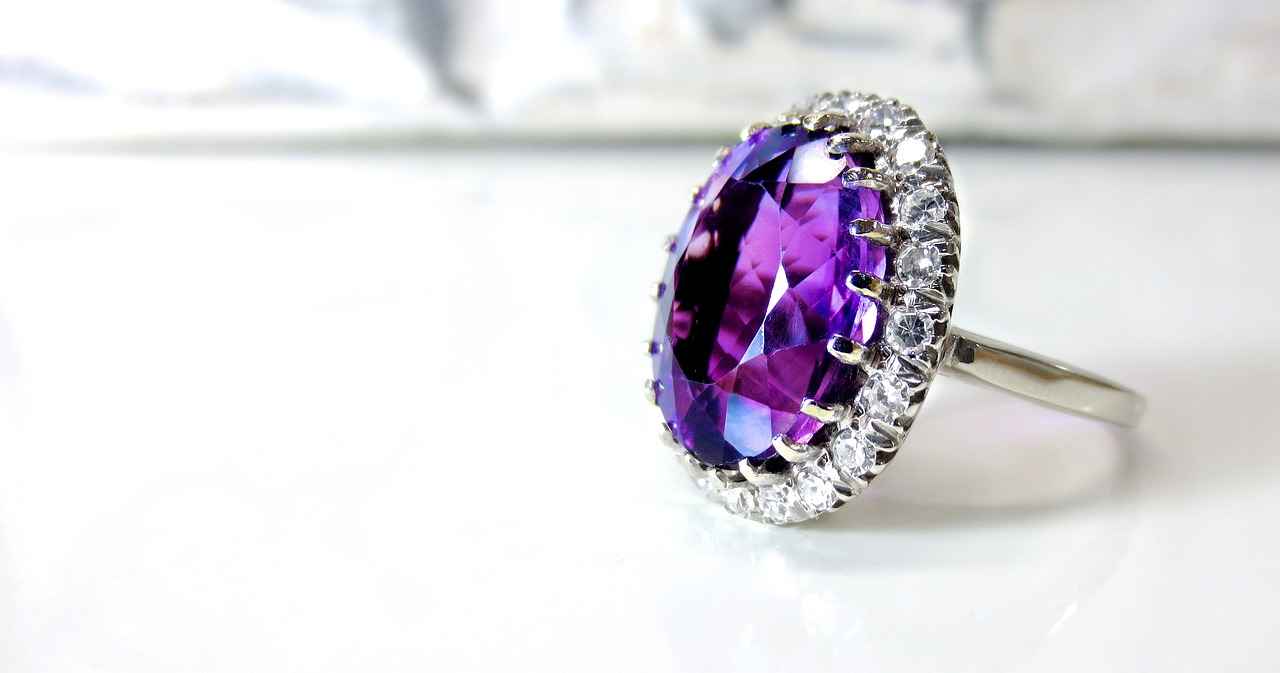
What Certifications Should You Look For?
When it comes to purchasing gemstones and jewelry, understanding the quality and authenticity of the stones is paramount. Certifications from reputable gemological laboratories provide buyers with the necessary assurance regarding a stone’s quality. Familiarizing yourself with the most recognized certifications is essential for making informed purchases that protect your investment.
Certifications serve as a guarantee that the gemstone has been evaluated by experts in the field. They offer insight into various attributes of the stone, including clarity, color, cut, and carat weight. This information is crucial for buyers to understand the true value of the gemstone they are considering.
- Gemological Institute of America (GIA): One of the most respected institutions, GIA provides comprehensive grading reports that cover all essential aspects of a gemstone.
- American Gem Society (AGS): Known for its strict grading standards, AGS certificates are highly regarded, particularly for diamonds.
- European Gemological Laboratory (EGL): While EGL is recognized, it is essential to note that its grading may be less stringent compared to GIA and AGS.
- International Gemological Institute (IGI): IGI is another reputable lab that offers detailed reports, particularly for a wide range of gemstones.
Different gemological laboratories may have varying standards for grading gemstones. For instance, GIA is known for its rigorous evaluation methods, which can lead to higher prices for stones with GIA certification. In contrast, some other labs may offer more lenient grading, potentially leading to discrepancies in perceived value.
When reviewing a certification report, pay attention to the following key elements:
- Detailed Description: The report should include a thorough description of the gemstone, including its dimensions and weight.
- Grading Scale: Ensure the report uses a recognized grading scale for clarity, color, and cut.
- Unique Identification: A reputable certification will include a unique identification number that can be verified with the issuing laboratory.
By understanding and utilizing certifications, you can better assess whether a piece of jewelry is fairly priced. A lack of certification can be a red flag, indicating that the seller may not be transparent about the stone’s quality. Additionally, certified stones often retain their value more effectively than non-certified ones, making them a safer investment.
Purchasing non-certified jewelry can expose you to several risks, including:
- Misrepresentation: Without certification, there’s no guarantee that the gemstone is genuine or accurately described.
- Overpricing: Non-certified stones may be overpriced due to a lack of accountability.
- Resale Challenges: Non-certified stones are often harder to sell, as potential buyers may be wary of their authenticity.
In summary, being informed about gemological certifications is crucial for anyone looking to invest in jewelry. By understanding the importance of these certifications and the details they provide, you can make more confident purchasing decisions and avoid overpriced jewelry.
Which Gemological Labs Are Most Trusted?
When it comes to purchasing gemstones, understanding the grading and certification of these precious stones is essential. Trusted gemological laboratories play a crucial role in ensuring that you are making a sound investment. Knowing which labs to trust can help you avoid overpriced options and guarantee the quality of your purchase.
Among the various gemological labs, three names stand out for their reputation and reliability: Gemological Institute of America (GIA), American Gem Society (AGS), and European Gemological Laboratory (EGL). These institutions are widely recognized for their rigorous grading systems and commitment to transparency.
The GIA is renowned for its strict grading standards and comprehensive education programs. They employ advanced technology and expert gemologists to evaluate gemstones based on the Four Cs: color, clarity, cut, and carat weight. Their reports are considered the gold standard in the industry, making GIA-certified stones highly sought after.
The AGS focuses on providing a holistic approach to gemstone grading, emphasizing both quality and ethical sourcing. Their grading system also incorporates light performance, which assesses how a diamond interacts with light. This unique perspective adds value to AGS-certified stones, making them an excellent choice for discerning buyers.
The EGL has a mixed reputation compared to GIA and AGS. While they do offer certification, some critics argue that their grading may be less stringent. However, EGL-certified stones can still provide good value, particularly if you are aware of the grading differences and make informed comparisons with other certifications.
Certification from a reputable lab is vital for several reasons:
- Authenticity: Certified stones are verified for their quality, ensuring you receive what you pay for.
- Resale Value: Certified gemstones typically retain their value better, making them a safer investment.
- Peace of Mind: Knowing that your purchase comes with a trustworthy certification reduces the risk of fraud.
When purchasing a gemstone, always request the certification report. This document should include:
- The lab’s name and logo
- A unique identification number for the gemstone
- Detailed grading information
By cross-referencing this information with the lab’s official website, you can confirm the legitimacy of the certification.
A gemstone report should provide comprehensive details, including:
- Grading Scale: Understand the scale used to evaluate the stone.
- Visual Characteristics: Look for descriptions of clarity, color, and cut.
- Photographic Evidence: Some reports include images of the gemstone, offering further verification.
Being informed about the trusted gemological labs and their grading systems not only helps you make educated decisions but also protects your investment. By prioritizing certified gemstones from reputable labs, you can confidently navigate the jewelry market and avoid overpriced options.
How Does Brand Influence Jewelry Pricing?
When it comes to purchasing jewelry, understanding the impact of brand influence on pricing is crucial. Brand names often carry a certain prestige that can lead to inflated prices, primarily due to the perceived value they bring to consumers. While some brands are synonymous with quality and craftsmanship, it is essential to evaluate whether the premium price tag reflects the actual materials and workmanship involved.
Luxury brands often justify higher prices through their heritage, design innovation, and exclusive materials. This perceived value can create a sense of desirability among consumers, leading them to believe that they are making a worthwhile investment. However, it is vital to remember that not all brands deliver the same level of quality.
When considering a brand, research its reputation in the industry. Look for customer reviews, expert opinions, and insights from gemological professionals. A reputable brand should have a history of producing high-quality pieces that stand the test of time. Additionally, consider the following:
- Craftsmanship: Examine the intricacies of the design, including the finish and how well the stones are set.
- Materials: Ensure that the materials used are of high quality, such as genuine gold or platinum, and ethically sourced gemstones.
- Warranty and Service: A good brand often provides warranties or after-sales services, which can add to the overall value of your purchase.
While brand prestige can add allure to a piece of jewelry, it often comes at a significant markup. The challenge for consumers is to discern whether the additional cost is justified. Consider the following questions:
- Does the brand offer unique designs that cannot be found elsewhere?
- Are the materials used superior to those found in non-branded jewelry?
- Is there a significant difference in craftsmanship compared to less expensive alternatives?
To avoid falling into the trap of overpriced jewelry, focus on the intrinsic value of the piece rather than just the brand name. Look for certifications from reputable gemological laboratories, such as GIA or AGS, which can provide assurance of the quality and authenticity of the gemstones used. Additionally, consider the following:
- Market Trends: Stay informed about current trends in jewelry to understand what constitutes a fair price.
- Comparison Shopping: Explore various retailers and compare prices for similar items to gauge whether a brand’s pricing is reasonable.
- Personal Preference: Ultimately, if a brand resonates with you on a personal level and you appreciate its aesthetic, that may justify the investment.
In summary, while brand names can significantly inflate prices due to perceived value and prestige, it is essential to conduct thorough research and evaluate the craftsmanship and materials used in the jewelry. By focusing on quality and value rather than just brand recognition, consumers can make informed decisions that lead to satisfying purchases.
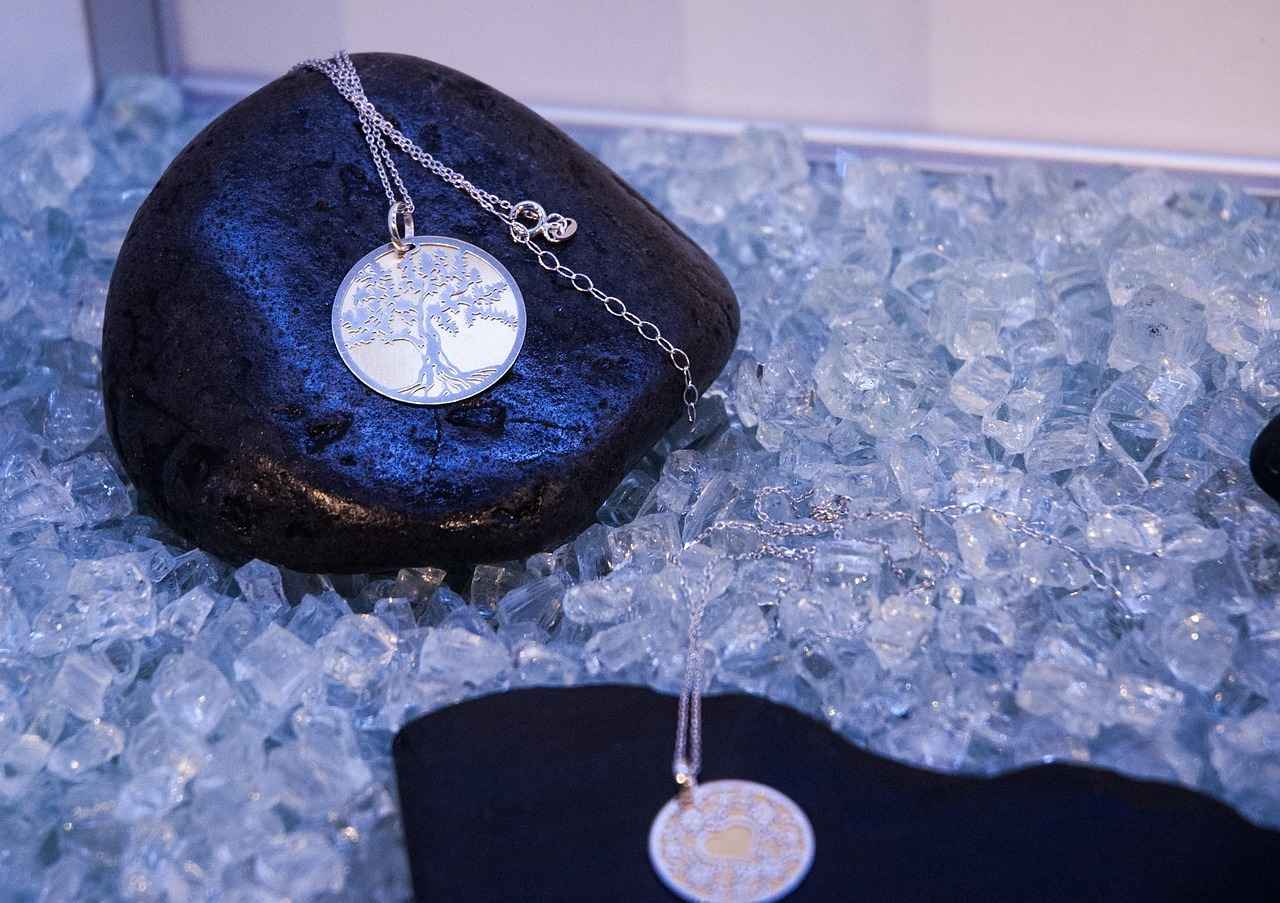
What Are Common Pricing Myths in the Jewelry Industry?
When it comes to purchasing jewelry, many buyers fall prey to common pricing myths that can lead to poor investment decisions. Understanding these myths is essential for making informed choices and recognizing the true value of jewelry. In this section, we will explore some of the most prevalent misconceptions about jewelry pricing and provide clarity to help you navigate the market effectively.
- Myth 1: Higher Price Equals Better Quality
- Myth 2: All Jewelry Is a Good Investment
- Myth 3: Certification Is Not Necessary
- Myth 4: Jewelry Prices Are Fixed
- Myth 5: Brand Name Always Means Quality
Many consumers believe that a higher price tag always signifies superior quality. While it’s true that some expensive pieces are made from high-quality materials, this is not universally the case. Factors such as brand reputation and marketing can inflate prices without a corresponding increase in quality. It’s crucial to assess the craftsmanship and materials rather than relying solely on price.
Not all jewelry appreciates in value. Many pieces, especially those that are mass-produced or lack unique characteristics, may not hold their value over time. Understanding the market demand for specific styles, gemstones, and brands can help you make smarter investment choices.
Some buyers may think that certification is optional when purchasing gemstones. In reality, certificates from reputable gemological labs provide essential information about a stone’s quality, including its cut, clarity, color, and carat weight. Always seek out certified stones to ensure you are getting what you pay for.
Many consumers assume that jewelry prices are non-negotiable. However, in many cases, there is room for negotiation. Understanding the market value of a piece can empower you to discuss pricing with the seller and potentially secure a better deal.
While some brands are known for their quality, others may charge a premium simply for their name. It’s important to evaluate the craftsmanship and materials of a piece rather than relying solely on brand reputation. Conducting research on the brand’s history and customer reviews can provide valuable insights.
By debunking these common myths, buyers can approach their jewelry purchases with a clearer understanding of what constitutes value. This knowledge not only enhances the shopping experience but also protects your investment in the long run.
Is Higher Price Always Synonymous with Better Quality?
When it comes to purchasing jewelry, many consumers often assume that a higher price tag equates to superior quality. However, this is a common misconception that can lead to poor investment decisions. In this section, we will delve deeper into the nuances of jewelry pricing, exploring why a higher price does not always guarantee better quality.
While it is true that higher prices can indicate better materials or craftsmanship, it is crucial to conduct thorough research before making a purchase. Many factors contribute to the price of jewelry, and not all of them are related to quality. For instance, branding plays a significant role. Renowned brands often charge a premium for their name, even if the actual materials used are not superior to lesser-known brands.
- Brand Reputation: Established brands may carry a higher price due to their reputation, not necessarily because of the quality of their products.
- Market Trends: Jewelry prices can fluctuate based on current trends and consumer demand, which may not reflect the intrinsic value of the piece.
- Materials Used: The type and quality of materials, such as gold purity and gemstone quality, do impact pricing, but they should be assessed independently of the brand.
To avoid falling into the trap of assuming that higher prices equal better quality, it is essential to conduct thorough research. Here are some practical steps to follow:
- Learn About Gemstone Quality: Familiarize yourself with the 4 Cs of gemstones: cut, color, clarity, and carat weight. Understanding these factors can help you determine if the pricing is justified.
- Check for Certifications: Look for certifications from reputable gemological laboratories, such as GIA or AGS. These certifications provide assurance of the quality and authenticity of the gemstones.
- Compare Similar Pieces: When considering a piece, compare it with similar items from different brands to gauge whether the price is reasonable.
Another critical component to consider is the craftsmanship quality. A well-crafted piece of jewelry will exhibit attention to detail, such as smooth finishes and secure settings. These elements can significantly influence the piece’s value, regardless of its price tag. Therefore, evaluating craftsmanship can provide a clearer picture of whether a higher price is warranted.
Jewelry retailers often employ marketing strategies that can mislead consumers into believing they are getting a deal when they are not. Terms like “limited edition” or “exclusive collection” can inflate perceived value. Being aware of these tactics can help you make more informed decisions.
In summary, while higher prices can sometimes indicate better quality, they are not a definitive measure. By understanding the various factors that influence jewelry pricing, conducting thorough research, and evaluating craftsmanship, you can better distinguish between quality pieces and those that are simply overpriced due to branding or marketing tactics. Always remember that informed consumers are empowered consumers, capable of making choices that reflect true value.
How Can You Negotiate Jewelry Prices?
Negotiating jewelry prices can be a daunting task for many buyers, but it is a skill that can lead to significant savings and better purchasing decisions. Understanding the market value of the jewelry you are interested in is crucial. This knowledge empowers you to engage in discussions about pricing and helps you identify when a price is inflated. Below, we explore effective strategies for negotiating jewelry prices.
Before stepping into a jewelry store or meeting a seller, it’s vital to conduct thorough research. Familiarize yourself with the current market prices of similar pieces. This includes:
- Checking online marketplaces
- Consulting jewelry appraisal websites
- Visiting multiple stores to compare prices
Having this information at your fingertips will give you confidence during negotiations and allow you to make informed offers.
When negotiating, asking the right questions can reveal valuable information about the jewelry and its pricing. Consider the following:
- What is the origin of the materials? Understanding where the gemstones and metals come from can impact their value.
- Is there a certification? Certified pieces usually have a higher resale value, and knowing this can help in negotiations.
- How long has the piece been in inventory? If it has been unsold for a while, the seller might be more willing to negotiate.
Timing can play a crucial role in negotiations. Consider shopping during off-peak seasons or during sales events when sellers are more likely to offer discounts. Additionally, visiting stores at the end of the month or quarter can be beneficial as sellers may be eager to meet sales targets.
Effective negotiation is not just about words; body language also plays a significant role. Maintain eye contact, use open gestures, and show genuine interest in the piece. This can help build rapport with the seller, making them more inclined to consider your offers.
When making your first offer, it’s important to be realistic yet assertive. Start lower than your maximum budget but ensure it’s within a reasonable range based on your research. This gives you room to negotiate upwards while still aiming for a price you’re comfortable with.
Being aware of common pitfalls can enhance your negotiation success:
- Being too emotional: Stay calm and composed; emotional decisions can lead to overpaying.
- Not being prepared to walk away: Show the seller that you are willing to leave if your terms aren’t met.
- Focusing solely on price: Consider other factors like warranties, return policies, and after-sales service.
Once you reach an agreeable price, ensure that all terms are clear and documented. Ask for a receipt that outlines the details of the purchase, including any warranties or guarantees. This not only protects your investment but also solidifies the negotiation as a successful transaction.
Negotiating jewelry prices is an art that combines knowledge, strategy, and interpersonal skills. By following these guidelines, you can enhance your purchasing power and avoid overpriced items, making your jewelry investment a rewarding experience.
Frequently Asked Questions
- What are the signs of overpriced jewelry?
Overpriced jewelry often shows inflated pricing, lacks proper certification, and may exhibit poor craftsmanship. If something seems too good to be true, it probably is!
- How can market demand influence jewelry prices?
Market demand significantly affects pricing; when more people want a piece than what’s available, prices skyrocket. Trends and consumer preferences can shift values rapidly!
- Why is gemstone quality important?
The quality and rarity of gemstones directly impact their value. Factors like color, clarity, and carat weight play crucial roles in determining what you should pay.
- What certifications should I look for?
Look for certifications from reputable labs like GIA, AGS, or EGL. These ensure the quality and authenticity of your gemstone, making your purchase much safer.
- Does a brand name guarantee quality?
Not always! While some brands are known for quality, it’s essential to evaluate if the price reflects the craftsmanship and materials used.
- Can I negotiate jewelry prices?
Absolutely! Knowing the market value and being prepared to discuss can lead to better deals. Don’t be afraid to ask for a better price!
